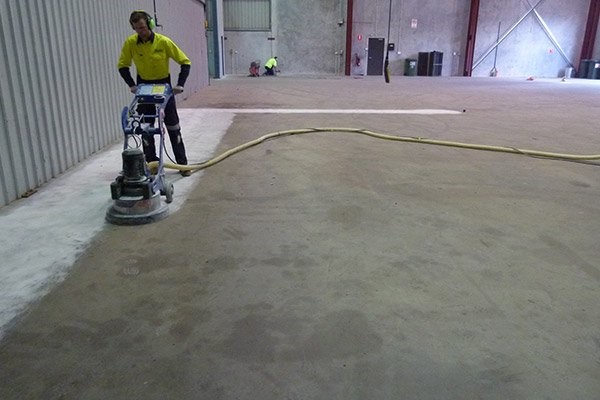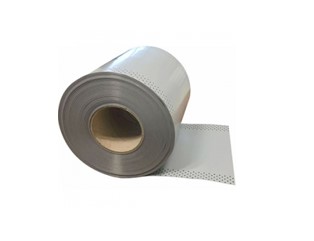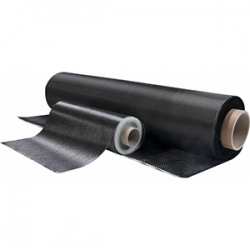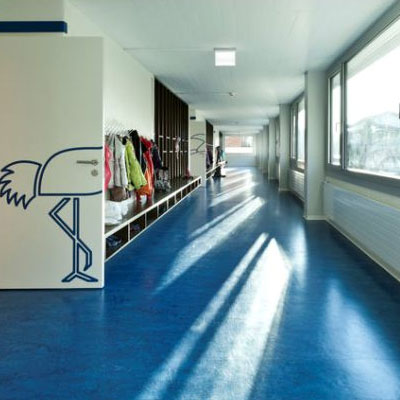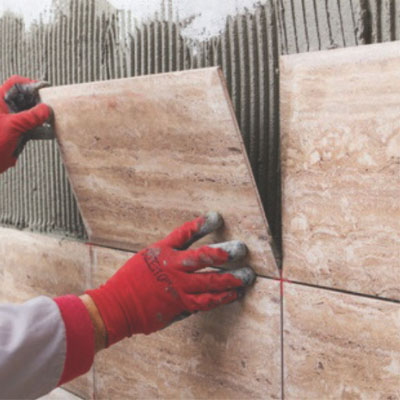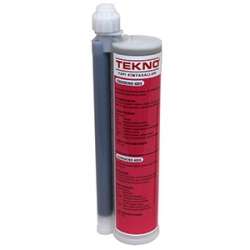Construction chemicals are specialized chemical formulations used in the construction industry to enhance the performance of construction materials, structures, and systems. They are used for a variety of purposes, including enhancing the strength and durability of structures, improving their resistance to environmental factors, and improving their aesthetic appeal. In this article, we’ll discuss the different types of construction chemicals, their usage, and their purposes.
1.Admixtures
Admixtures are a type of construction chemical that is added to concrete or mortar to modify its properties. They are used to improve the workability, durability, and strength of concrete or mortar. Admixtures are categorized into several types, including plasticizers, accelerators, retarders, air-entraining agents, and superplasticizers.
• Plasticizers: Plasticizers are used to increase the workability of concrete or mortar by reducing its water content. They are used to make concrete more fluid and easier to handle.
• Accelerators: Accelerators are used to speed up the rate of hydration of cement in concrete or mortar, allowing it to set and harden faster. This is particularly useful in cold weather when concrete can take longer to cure.
• Retarders: Retarders are used to slow down the rate of hydration of cement in concrete or mortar, allowing it to remain workable for a longer period of time. This is particularly useful in hot weather when concrete can dry out too quickly.
• Air-entraining agents: Air-entraining agents are used to create tiny air bubbles in concrete or mortar, making it more durable and resistant to freeze-thaw cycles.
• Superplasticizers: Superplasticizers are used to increase the workability of concrete or mortar while reducing its water content. They are used to make concrete more fluid and easier to handle, while also increasing its strength and durability.
2.Waterproofing agents
Waterproofing agents are used to prevent water from penetrating building materials such as concrete, masonry, and wood. They are typically applied to the surface of the material or added to its mix before application. Waterproofing agents are categorized into several types, including coatings, membranes, and integral waterproofing agents.
• Coatings: Coatings are applied to the surface of building materials to create a barrier that prevents water from penetrating. They can be applied as a liquid or a spray and are typically made from materials such as acrylic, polyurethane, or silicone.
• Membranes: Membranes are sheets of material that are applied to the surface of building materials to create a barrier that prevents water from penetrating. They can be made from materials such as rubber, PVC, or bitumen.
• Integral waterproofing agents: Integral waterproofing agents are added to the mix of building materials such as concrete or mortar to make them waterproof. They work by filling the voids in the material and creating a barrier that prevents water from penetrating.
3.Surface treatments
Surface treatments are used to enhance the appearance of building materials or to protect them from environmental factors such as weathering, UV radiation, or chemical exposure. They are typically applied to the surface of the material and can be categorized into several types, including sealers, coatings, and stains.
• Sealers: Sealers are used to protect building materials such as concrete or masonry from water, stains, and chemicals. They are typically applied to the surface of the material and can be made from materials such as acrylic, epoxy, or polyurethane.
• Coatings: Coatings are used to enhance the appearance of building materials or to protect them from environmental factors such as weathering, UV radiation, or chemical exposure. They can be applied as a liquid or a spray and are typically made up of a mixture of polymers, pigments, and solvents. Coatings can be categorized into two main types: architectural coatings and industrial coatings.
Architectural coatings are used for decorative purposes on building materials such as walls, ceilings, and floors. They can be further categorized into three subtypes: interior coatings, exterior coatings, and special coatings. Interior coatings are designed to be used indoors and are typically applied to walls and ceilings to enhance their appearance. Exterior coatings, on the other hand, are formulated to protect building materials from the effects of weather and UV radiation. Special coatings are used for specific applications such as anti-graffiti coatings, fire-retardant coatings, and high-heat coatings.
Industrial coatings are used to protect building materials from environmental factors such as corrosion, abrasion, and chemical exposure. They are typically applied to metal, concrete, and wood surfaces in industrial facilities such as factories, warehouses, and refineries. Industrial coatings are formulated to withstand harsh environments and are typically thicker than architectural coatings. They can also be categorized into several subtypes based on their application and properties, such as marine coatings, automotive coatings, and high-temperature coatings.
• Adhesives and Sealants: Adhesives and sealants are used to bond or seal two or more building materials together. Adhesives are used to bond materials permanently, while sealants are used to fill gaps and prevent the penetration of water, air, or other substances. Adhesives and sealants can be categorized into several types based on their chemical composition and application, such as epoxy adhesives, polyurethane adhesives, silicone sealants, and butyl sealants.
• Concrete Additives: Concrete additives are used to improve the properties of concrete, such as strength, workability, and durability. They can be added to the concrete mix before or during the mixing process. Concrete additives can be categorized into several types based on their application and properties, such as water-reducing agents, air-entraining agents, accelerating agents, and retarding agents.
• Waterproofing Materials: Waterproofing materials are used to prevent the penetration of water into building materials such as walls, roofs, and foundations. They can be applied as a liquid or a membrane and are typically made up of a mixture of polymers, bitumen, and other additives. Waterproofing materials can be categorized into several types based on their application and properties, such as sheet membranes, liquid membranes, and cementitious coatings.
In summary, the use of construction chemicals such as coatings, adhesives and sealants, concrete additives, and waterproofing materials play a crucial role in improving the durability and aesthetic appeal of building materials and structures, making them an essential component of modern construction.




